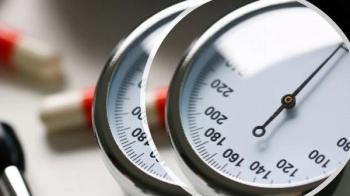
The Cost of Blood Pressure Bloopers - Measured in mm Hg
Elements of proper blood pressure measurement technique may seem picayune, but skipping them may cost you - here's how much.
Accurate and consistent blood pressure (BP) measurement is essential to CVD risk estimation k and to guiding treatment of elevated BP. There are a number of common errors in the process of BP measurement that are easy to commit in a busy primary care practice, eg, not letting patients sit quietly for 5 minutes before measurement, forgetting to take multiple measurements and switch arms.
Find out how many mm Hg your reading may be off if you don't sweat a few important details.
Newsletter
Enhance your clinical practice with the Patient Care newsletter, offering the latest evidence-based guidelines, diagnostic insights, and treatment strategies for primary care physicians.
























































































































































































































































































